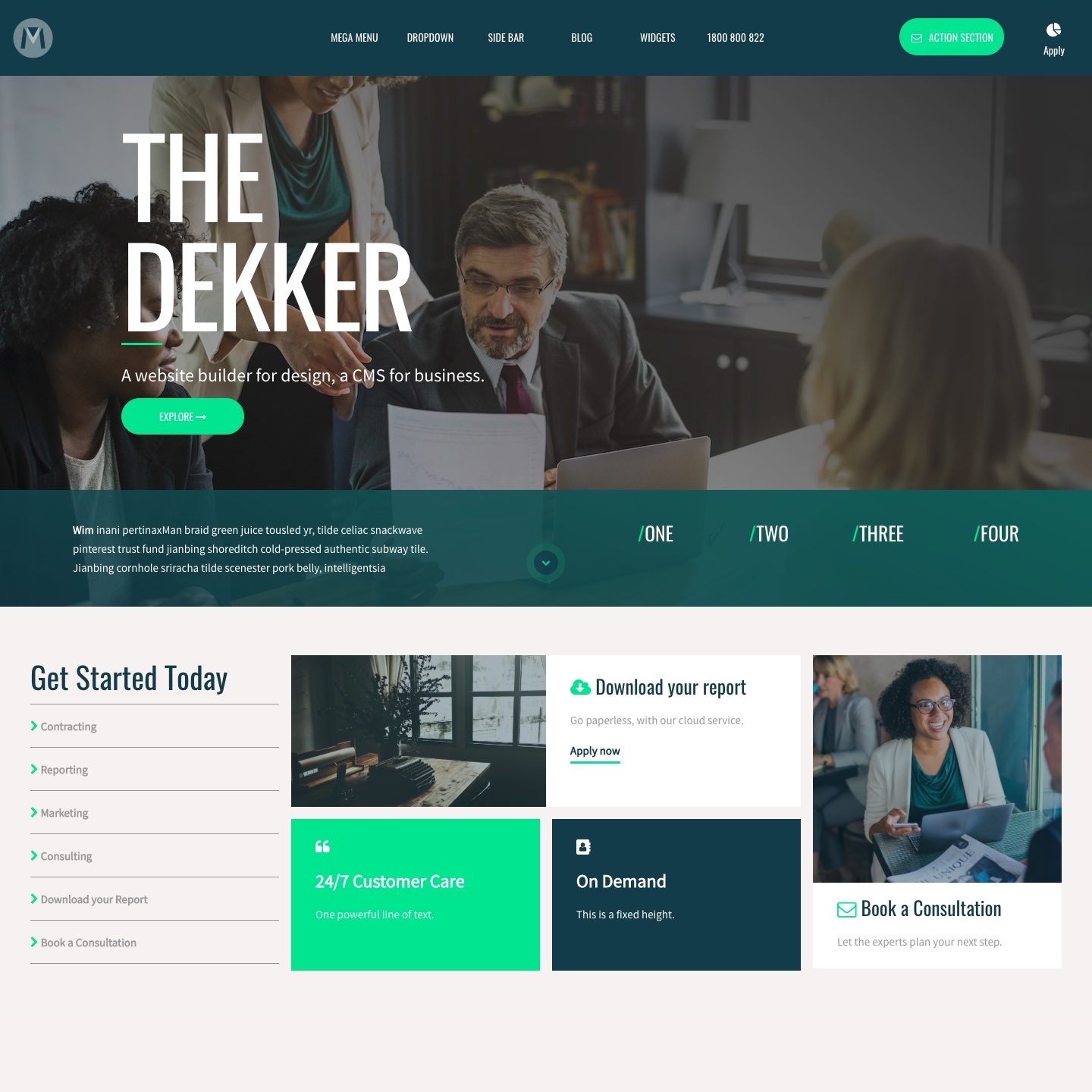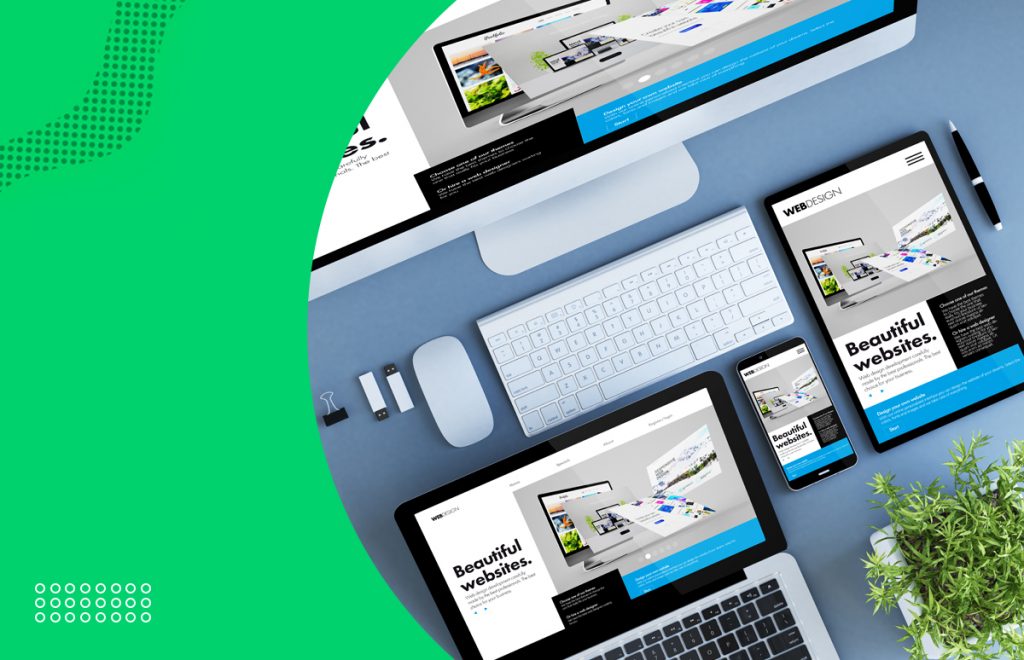The Role of Website Design in Enhancing Brand Identity and Recognition
The Role of Website Design in Enhancing Brand Identity and Recognition
Blog Article
Modern Website Design That Captures Focus and Transforms
In an increasingly digital landscape, contemporary website design has arised as a pivotal element in recording customer attention and driving conversions. As we check out these essential components, it ends up being clear that comprehending their interplay can dramatically affect a site's performance and individual complete satisfaction.
Significance of Visual Pecking Order
Visual power structure is an important aspect in web site layout, as it guides individuals' attention and boosts their overall experience. By tactically arranging web content, designers can direct individuals to the most vital information first, consequently increasing engagement and improving use.
Including a rational flow in web content setup is important; as an example, placing the most crucial information on top of a page promotes immediate acknowledgment. Moreover, consistent usage of typography, such as differing font dimensions and styles, assists develop a clear material structure. This company not only help in navigation but additionally constructs count on, as individuals really feel more comfortable when they can easily discover what they are searching for.
Ultimately, a well-executed aesthetic power structure not only improves aesthetic charm yet additionally significantly affects individual actions. By focusing on important aspects and making certain a seamless experience, designers can efficiently transform site visitors into clients, enhancing the significance of this fundamental design concept in modern web site growth.
Responsive Design for All Tools
Creating a smooth experience throughout various tools is necessary in today's electronic landscape, where users access internet sites from smartphones, desktop computers, and tablets alike. Responsive design is an essential method that guarantees websites adapt fluidly to different screen resolutions, alignments, and sizes. By employing flexible grids, images, and CSS media queries, designers can develop designs that keep visual honesty and performance, regardless of the tool being used.
The relevance of responsive layout prolongs beyond aesthetic appeals; it directly impacts customer engagement and conversion prices. A site that operates well on all gadgets urges longer sees and decreases bounce prices, as users are most likely to engage with content that is simple to browse. Moreover, online search engine, especially Google, prioritize mobile-friendly websites in their rankings, making receptive design a vital element of search engine optimization (SEO)
Integrating responsive layout not only boosts user experience yet additionally simplifies the growth procedure. By creating a single site that functions throughout devices, companies can conserve time and sources compared to establishing different mobile and desktop computer variations. Eventually, responsive design is an essential approach for modern-day internet site style, guaranteeing availability and complete satisfaction for all customers, despite their device.
Engaging Interactive Aspects
While a receptive style prepares for a useful website, integrating interesting interactive elements is essential for catching user attention and fostering much deeper connections. Website Design. Interactive elements, such as computer animations, tests, and clickable infographics, create a much more dynamic user experience, encouraging site visitors to invest even more time on the site
Integrating interactive functions can likewise lead customers through complicated information, making it easier to digest content. Interactive sliders can illustrate product variations, while ingrained videos can provide demos or testimonies that resonate more than fixed photos or message. Gamification strategies, like rewards for finishing tasks or involving with material, can improve individual inspiration and retention.
Effective use of interactive aspects not just enhances the customer experience yet can additionally lead to higher conversion rates. It is essential to balance interactivity with performance; excessively complicated attributes may prevent site speed, adversely affecting user satisfaction.
Streamlined Navigating Practices
Reliable navigation is a cornerstone of any kind of successful web site, as it straight influences customer experience and content access. Structured navigating practices make certain that users can easily find details, improving their communication with the website. A well-structured navigating menu ought to be basic and user-friendly, usually including a limited number of key classifications to prevent overwhelming visitors.
To achieve structured navigating, designers should focus on a hierarchical framework that realistically arranges content. Implementing breadcrumb routes can supply individuals with context about their existing place within the website, enabling smooth backtracking. Furthermore, making use of drop-down menus can successfully save space while still giving access to subcategories.
Receptive style is vital, as navigation should be functional across all devices (Website Design). Mobile customers, particularly, take advantage of touch-friendly menus and retractable Continued sections that keep use without endangering aesthetic appeals

Effective Call-to-Action Strategies
A well-crafted call-to-action (CTA) is important for leading customers toward desired outcomes on an internet site, visit the site as it urges them to engage with material or buy. To maximize their performance, CTAs must be clear, compelling, and tactically put throughout the site.
First, use action-oriented language that connects necessity or worth, such as "Begin," "Join Currently," or "Claim Your Discount." This language not just inspires individuals yet likewise establishes clear expectations about the next actions.
2nd, take into consideration layout components; CTAs ought to attract attention aesthetically via contrasting colors, ample whitespace, and famous positioning. A switch that is very easy to see and click increases the possibility of individual interaction.
Furthermore, individualizing CTAs based upon individual actions or demographics can considerably improve involvement. Tailored messages resonate a lot more with customers, driving higher conversion prices.

Verdict
In verdict, contemporary website style stresses the assimilation of aesthetic power structure, responsive layouts, engaging interactive components, structured navigating, and efficient call-to-action techniques. These parts collectively improve investigate this site individual experience, ensuring that site visitors remain engaged and inspired to discover content additionally. By focusing on these design principles, services can substantially enhance user retention and conversion rates, inevitably causing higher success in the electronic landscape. The constant development of internet layout highlights its crucial duty in reliable online interaction and advertising.
In a significantly digital landscape, contemporary web site layout has emerged as a pivotal element in capturing user interest and driving conversions.Visual hierarchy is a critical aspect in site style, as it overviews individuals' interest and enhances their total experience.The significance of responsive design prolongs beyond visual appeals; it directly influences customer involvement and conversion rates.Integrating responsive design not only improves individual experience however also streamlines the growth procedure. Ultimately, receptive design is an essential approach for modern-day web site design, making certain access and satisfaction for all customers, no matter of their device.
Report this page